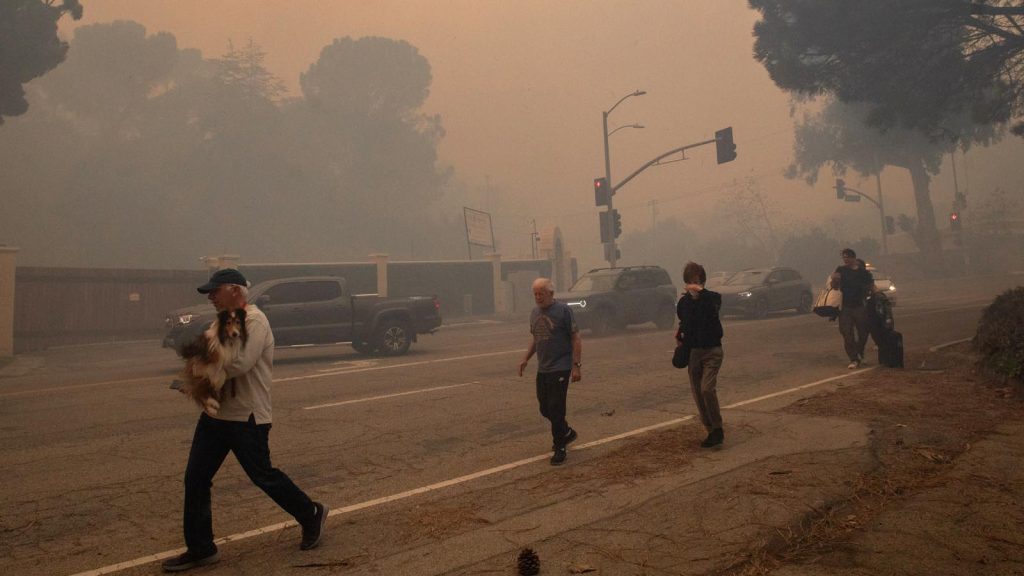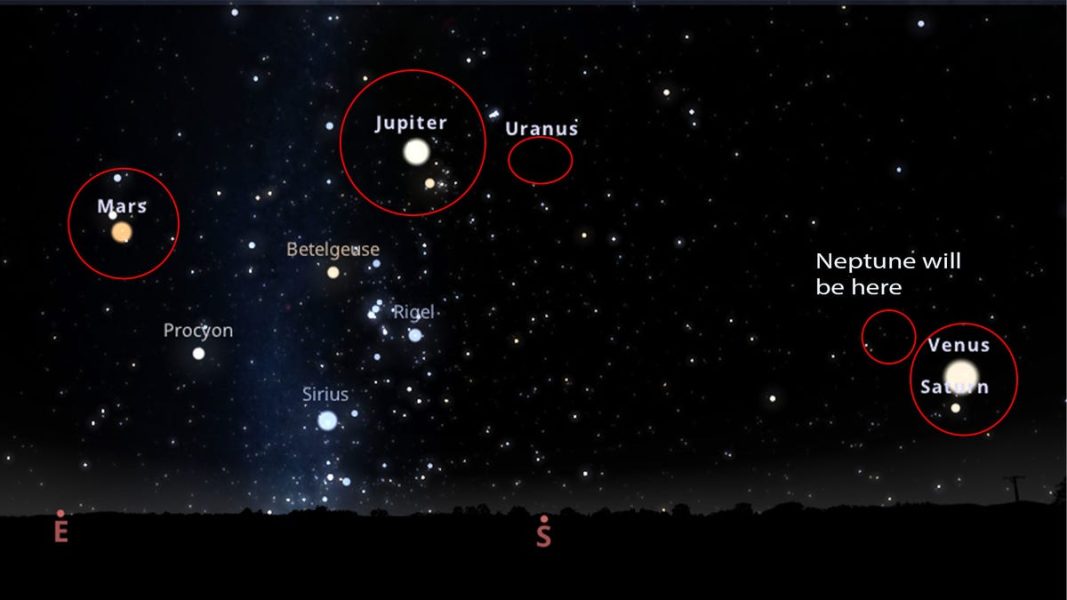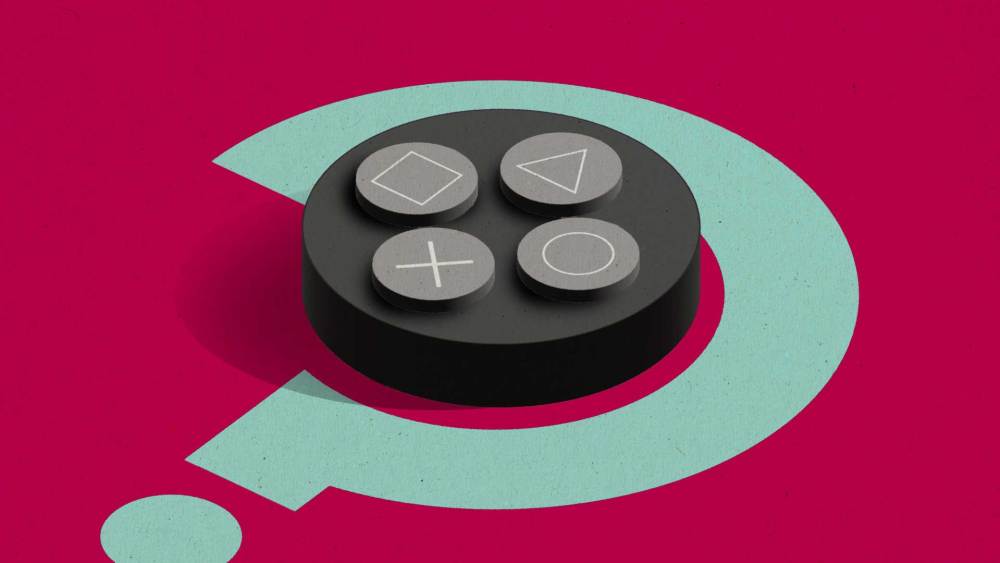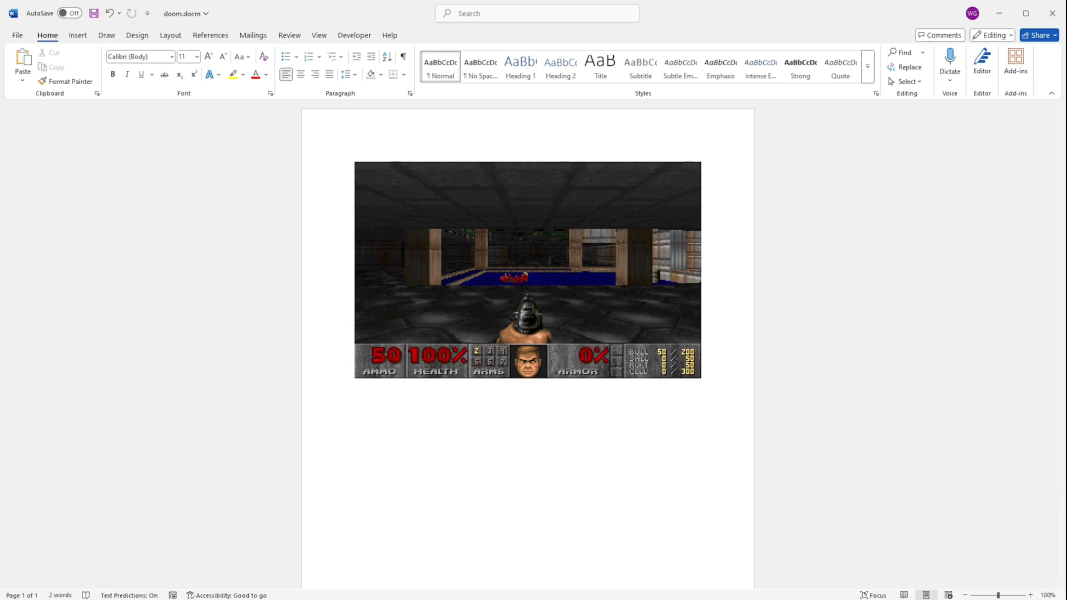Indirect death toll from the L.A. fires may end up in the thousands – Yale Climate Connections

LOS ANGELES, CALIFORNIA - JANUARY 7: People evacuate along Sunset Boulevard as the Palisades Fire burns amid a powerful windstorm on January 7, 2025 in the Pacific Palisades neighborhood of Los Angeles, California. The fast-moving wildfire is threatening homes in the coastal neighborhood amid intense Santa Ana Winds and dry conditions in Southern California. (Photo by Apu Gomes/Getty Images)
Almost half of the Americans alarmed about climate change are willing to take action — but rarely do. Maybe they’re not sure what to do or they’ve never been asked to take action. We are changing that.Stay in the know about climate impacts and solutions. Subscribe to our newsletters.Stay in the know about climate impacts and solutions. Subscribe to our weekly newsletter.
By clicking submit, you agree to share your email address with the site owner and Mailchimp to receive emails from the site owner. Use the unsubscribe link in those emails to opt out at any time. Yale Climate Connections[Haz clic aquí para leer en español]The death toll from Los Angeles’ catastrophic wildfires has risen to 24 and is expected to increase further. The 16 direct fatalities from the Eaton Fire alone make it California’s fifth-deadliest wildfire, while the Palisades Fire, with eight deaths, ranks as the state’s 14th-deadliest fire.The climate is changing, and our journalists are here to help you make sense of it. Sign up for our newsletters and never miss a story.However, the eventual death toll from the disaster is likely to be far, far, higher, once the health effects from the toxic smoke from the fires are fully realized. Additional deaths can be expected in the coming years because of the large-scale disruption to people’s lives that such a colossal disaster brings about – similar to what has been found in the aftermath of major hurricanes, which have been linked to thousands of indirect deaths up to 15 years after they hit.People across the LA area have been breathing in unhealthy/hazardous air for days now, the health impacts of this are going to be enormousRead: Silent calamity: The health impacts of wildfire smokeIn a 2020 policy brief, Marshall Burke, an associate professor of Earth system science at Stanford University, wrote: “Our research suggests that many more people likely perish from smoke exposure during large fire events than perish directly in the fire, and many more people are made sick.” Wildfire smoke contains high levels of PM2.5, particles no larger than 2.5 microns in diameter. These have long been linked to increased risk of illness and death, as they’re small enough to enter the lungs and bloodstream, where they can harm the cardiovascular and respiratory systems.A 2024 study, “Mortality attributable to PM2.5 from wildland fires in California from 2008 to 2018,” found that in 2018, the year the town of Paradise and several other communities burned, wildfire smoke may have killed as many as 12,000 Californians prematurely. And over the 11 years from 2008 to 2018, wildfire smoke likely contributed to more than 52,000 premature deaths across California – nearly 5,000 deaths per year – with an economic impact from the deaths of more than $430 billion, the study found.It’s a problem beyond California. A 2024 paper, “Long-term exposure to wildland fire smoke PM2.5 and mortality in the contiguous United States,” found that long-term exposure to wildfire smoke was likely responsible for over 11,000 deaths per year between 2007 and 2020. Globally, 46,000-99,000 people die yearly from inhaling PM2.5 released by wildfires, with about 13% of those deaths attributable to climate change, according to a 2024 study, “Attributing human mortality from fire PM2.5 to climate change.” An important reminder. If you’re in/around Los Angeles today, you need to be wearing your N95 mask. If you have extras, maybe ask your neighbors if you can share with them.The future health effects of wildfire smoke in a warming world are highly concerning. A 2024 paper, “Mortality burden from wildfire smoke under future climate change,” found that increases in wildfire smoke in the U.S. because of climate change could be expected to result in 27,800 excess deaths and $244 billion in damages per year by 2050 under a high warming scenario. That’s a 76% increase relative to estimated 2011-2020 averages, the authors wrote. “Our research suggests that the health cost of climate-driven wildfire smoke could be among the most important and costly consequences of a warming climate in the U.S.,” the authors added.Our modern houses full of plastic burn faster, hotter, and release more toxic smoke. Your couch is like a block of gasoline. The gases from these can be toxic, and can’t be filtered by an N95 like particulate matter can. Gift link: www.theatlantic.com/science/arch…Several million people in the Los Angeles area endured a two-day period of intense smoke that created air quality in the red “Unhealthy” range during the height of the fires, with higher levels in the “Hazardous” range close to the fires, according to EPA data. These air quality ratings just take into account the small particles tracked by EPA: PM2.5 (particles with a diameter of 2.5 millimeters or less). The “Unhealthy” rating of the air quality last week did not take into account the remarkably toxic composition of the smoke from the urban nature of these fires.A potential analog situation occurred during the 2018 Camp Fire that burned over 18,000 structures in Paradise, California: Significant increases in both lead and zinc occurred in the air. The presence of lead is particularly concerning because lead exposure has been linked to high blood pressure, reproductive effects, and cancer. Infants and young children are especially sensitive to low levels of lead that are known to cause behavioral changes and learning deficits. Wildfire smoke also contains toxic carcinogens similar to those found in cigarette smoke. If you’re ever wondering why wildfire smoke is so bad for you it’s because it includes things like “an entire bicycle”Because of the large population exposed to dangerous toxic smoke during last week’s fires, it is plausible that over the next few years, hundreds or thousands of Californians will die prematurely from breathing it. Of particular concern are the many elderly or sick people who evacuated and were forced to breathe very high concentrations of toxic smoke from burning buildings and vehicles. News footage of dozens of nursing home residents in wheelchairs thrust out in smoky streets was particularly heart-wrenching to see, as I knew that those vulnerable people would inevitably suffer high rates of health complications and death in the coming weeks.“Short-term exposure (days or weeks) wildfire smoke has been strongly linked to increasing severity of asthma, chronic obstructive pulmonary disease (COPD), and COVID-19; inflammation or infections, including bronchitis and pneumonia; emergency department visits; and hospital admissions,” according to the California Air Resources Board. And a 2024 paper reported that “Long-term wildfire smoke exposure has been correlated with higher death rates from a variety of ailments, including cardiovascular, ischemic (blood-flow-related), digestive, endocrine, and chronic kidney disease.”This morning’s sunrise over Los Angeles from West HollywoodThe spread of communicable diseases among the evacuees will also exact a toll. January is the height of the flu season, and California is experiencing “very high” levels of flu, according to the CDC. Flu and COVID-19 will likely spread rapidly among the tens of thousands of people forced to evacuate to shelters or temporary living quarters with friends or family.Read: The hidden health toll of hurricanesIn a stunning paper released in 2024, “Mortality caused by tropical cyclones in the United States,” Rachel Young and Solomon Tsiang found that the average landfalling U.S. hurricane between 1930-2015 caused 24 direct deaths. However, they observed an increase in excess deaths – mortality beyond what would otherwise be expected in that period – that lingered for 15 years, totaling 7,000-11,000 excess deaths per storm. This burden is 300–480 times greater than government estimates of direct deaths and was equivalent to 3.2-5.1% of all deaths across the contiguous United States.The largest single category of deaths was from cardiovascular disease (36%), while 12% of the deaths were from cancer, “consistent with some evidence of stress from extreme weather affecting long-run health,” the authors wrote.Young and Tsiang hypothesized five ways that hurricanes may have triggered excess mortality. Four of these factors may apply to a disastrous wildfire event like California just experienced:(1) Economic disruption might change household economic decisions, eventually translating into worsened health outcomes. For example, a person who loses a job might lose health insurance, too. Or retirement savings could be drawn down to repair property damage, both of which could reduce future spending on healthcare.(2) Social network changes could affect future health. For example, working-age people might move away, changing the social support for older people who remain behind.(3) Fiscal adjustments by state or local governments in response to the disaster may impact future health outcomes. For example, restructuring budgets to support recovery might reduce spending on healthcare infrastructure.(4) Heightened physical and mental stress may alter health in the long term..The fifth factor the scientists hypothesized was that changes in the natural environment could harm health—for example, ecological changes could redistribute disease vectors or flooding may expose populations to harmful chemicals. A flood is much different than a wildfire in how it affects the natural environment, so this factor has lesser relevance to wildfire than the other four.Read: How to protect yourself from wildfire smokeIn addition to sending my prayers and positive thoughts towards the victims of the Los Angeles fires, I’ve been supporting several charities. I encourage everyone to help out in whatever way that they can. Below are Bluesky posts for some of the charities that I’ve contributed to.🧵Rapid Response: Air Filters for LAWe are providing fans and filters to help LA residents breathe cleaner air during these devastating fires. Follow this thread for updates and how to get involved.Donate to support:paypal.com/donate?campa…We are in active response mode for the Los Angeles wildfires.We need your help to continue our work!Read situation overview: disasterstrategies.org/disabled-dis…From everyone at the California Academy of Sciences, our thoughts are with you. Los Angeles Fire Department Foundation: supportlafd.orgCalifornia Community Foundation: www.calfund.orgBob Henson contributed to this post.Only 28% of U.S. residents regularly hear about climate change in the media, but 77% want to know more. You can put more climate news in front of Americans in 2025. Will you chip in $25 or whatever you can?Republish This StoryRepublish our articles for free, online or in print, under a Creative Commons license.This work is licensed under a Creative Commons Attribution-NoDerivatives 4.0 International License.We love it when others republish our articles. Most of our content – other than images – is available to republish for free under a Creative Commons license (CC BY-NC-ND 4.0). Here’s what to do:by Jeff Masters, Yale Climate Connections January 16, 2025
Jeff Masters, Ph.D., worked as a hurricane scientist with the NOAA Hurricane Hunters from 1986-1990. After a near-fatal flight into category 5 Hurricane Hugo, he left the Hurricane Hunters to pursue a…
More by Jeff Masters
ACCESSIBILITY AT YALE






